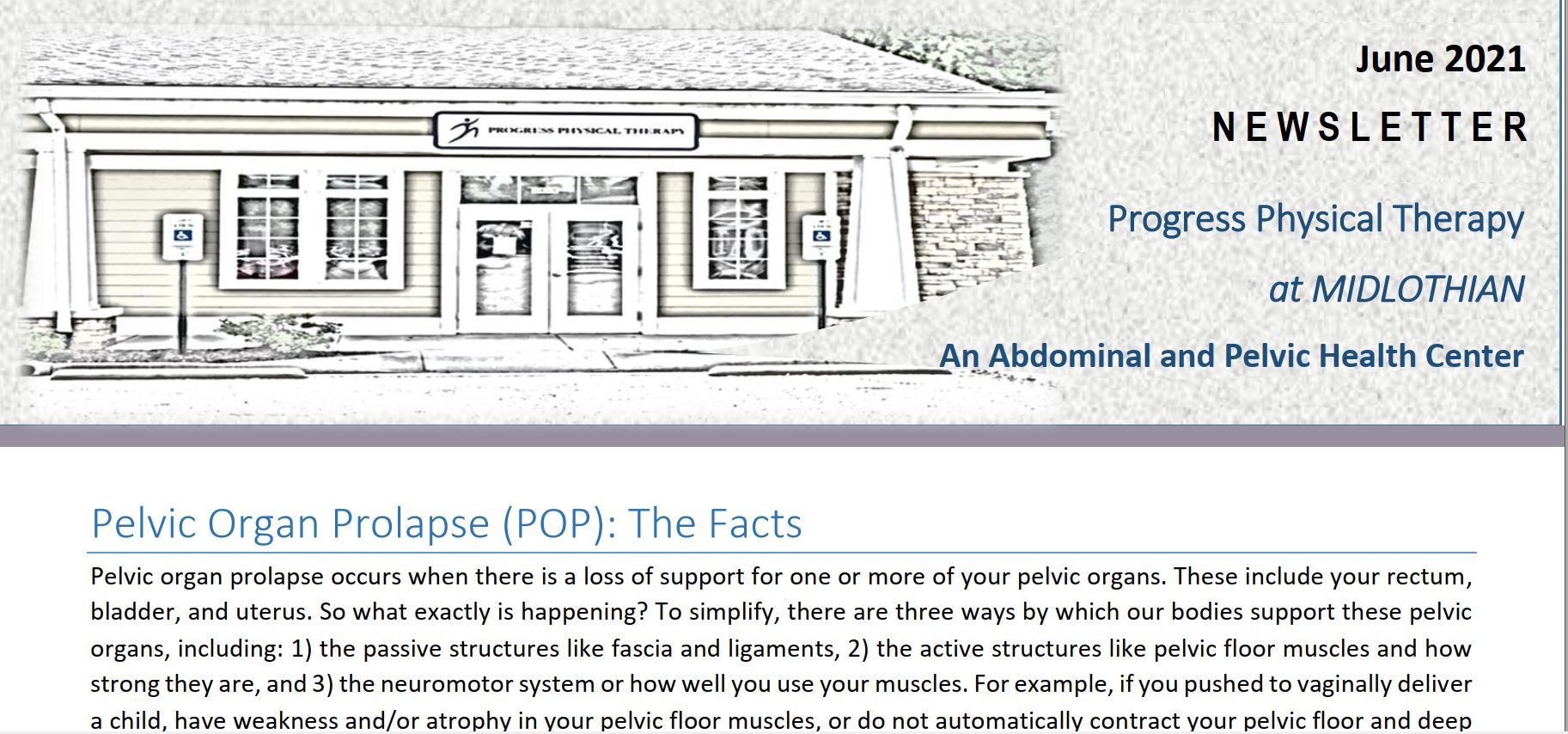Endometriosis Awareness
Happy Endometriosis Awareness Month ( a little late….) Endometriosis is defined as the presence of endometrial-like tissue outside of the uterus. These deposits are found mainly in the pelvis, but can be find in other sites in the body including the bowels, diaphragm and even the brain. In the US alone, it is estimated that […]





